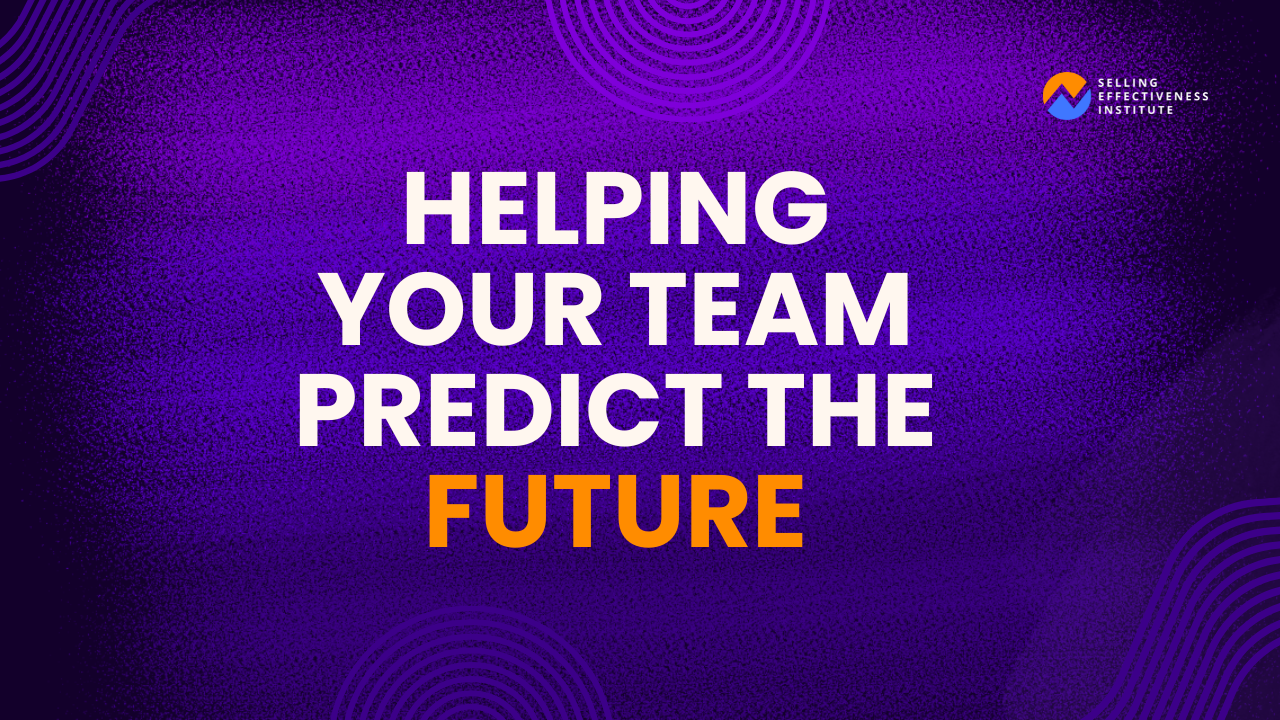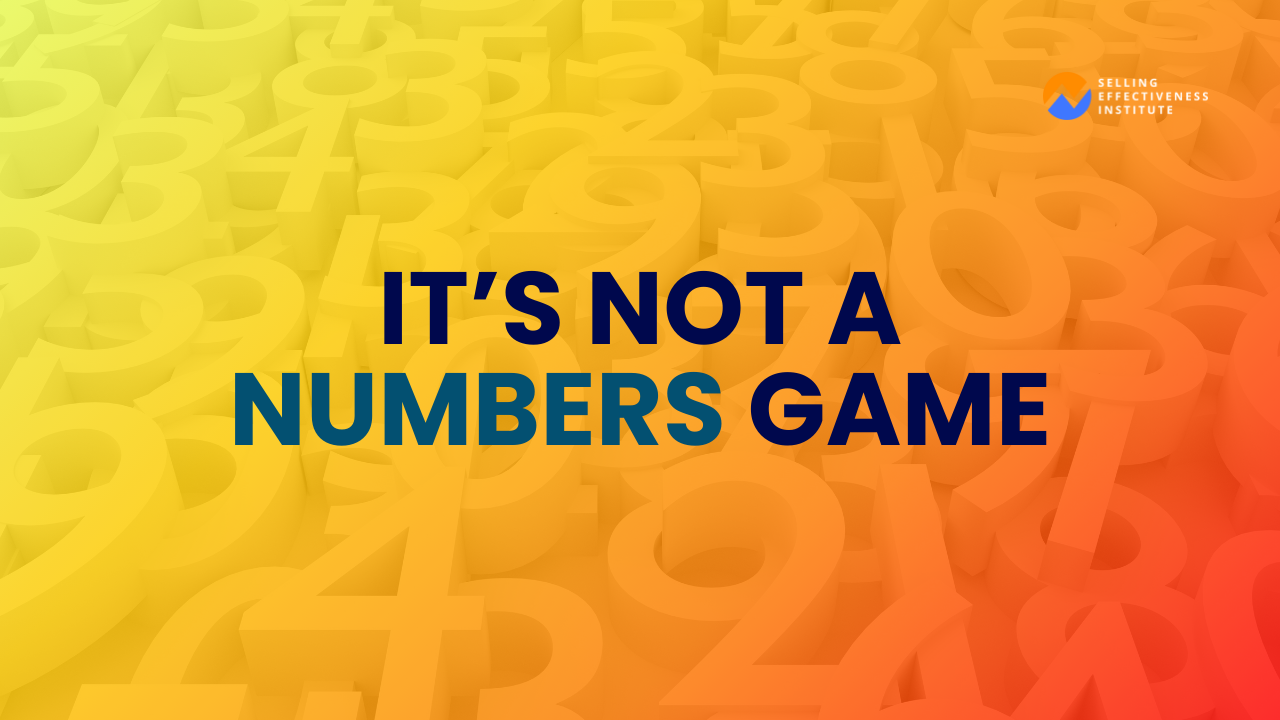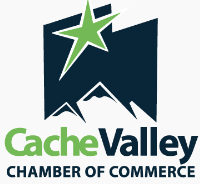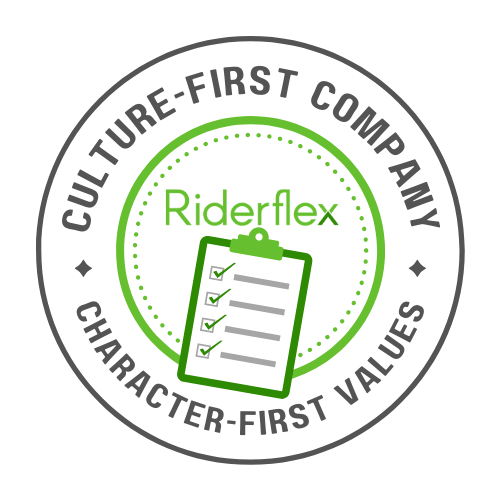Jason: Welcome to the Sales Experience Podcast. On today's episode, I have with me Dr. Wayne Baker. He is a professor of business at the University of Michigan, as well as the faculty director at the Center for Positive Organizations. He's also the author of many books, and his latest one is titled, All You Have to Do is Ask, How to Master the Most Important Skill for Success.
Dr. Wayne, welcome to the Sales Experience Podcast. Thank you, Jason. Glad to be here. As soon as I heard the title of your book, and I listened to you on Adam Connor's podcast, I knew that even though what you talked about was not necessarily for salespeople, that this would be an amazing conversation, or hopefully will be.
As a way to help people that are in sales or sales leadership, anything like that. And at that crossroads or that intersection of finding success, asking for it, and what they have. Let's talk about, as far as the framework of what you focus on and help people, like, where does that begin?
Dr. Wayne: I can trace the origin of the book back 21 years, if you can believe that. When Cheryl Baker and I created a team activity called the reciprocity ring, I can describe it briefly and it'll sound very simple, but there's a very particular way it has to be done. And we train people to run the reciprocity ring, but essentially get a group of people together.
They're led through a process. Everyone's required to make a request for something that they need. It could be a referral, a connection, information, data, expert advice, whatever. But they spend most of the time helping other people meet their requests. They could help by, they had the resource and they could share it, or they could tap their network and make an introduction or a referral.
And so when we started this activity, really to increase cooperation and generosity in a team, I always started it the same way with a little lecture about the importance of being generous, the importance of being helpful, of being a giver. Jason, what I found is that was rarely a problem.
People were extraordinarily generous. The real problem was getting people to ask for what they need. Making the request, making the ask was the single biggest barrier to that whole process. But you think about it, no one can help you unless they know what you need. And the only way they know is that you have to voice it.
You have to make a request. So with that insight. I shifted and started thinking about all the ways in which an individual, a team, or an organization can get better at that process of getting people to ask for what they need and then to get help in return. So to be both what I call a giver and a requester.
So I traced it all the way back then and the book is about all the different ways that you could do it for an individual, a team, or an organization.
Jason: So since this is a sales related podcast, right? And so there's salespeople, managers, leaders, owners of companies. Let's talk about specifically for sales people.
Where do you see that playing in or how would it apply to that salesperson?
Dr. Wayne: We could talk about it at two levels. One would be the relationship between the salesperson and the. Customer or the client and then we can talk about in terms of a sales team. So if we start with the first one, as you know better than just about anyone, it's all about building a true, authentic, genuine relationship.
That's the key to it. And when I talk to people about a good way of thinking about what they need. I say, look, there's four parts. You got to think about what's the goal you're trying to achieve. And then what's the resource that you need to help achieve that? How do you formulate that as an effective request?
And I have criteria for that. And then who do you ask? If you take those four steps, but reverse it, the salesperson needs to put themselves in the shoes or in the role of the other person saying, okay, what's the other person's goal? What are they trying to achieve? What's their objective? What are they being measured on?
Okay what resources do they need? And maybe they actually don't need the product or service that I'm selling, but they need a connection to something else. And I could be a value and build a relationship by providing that connection. And then how do I help them make that effective request?
So I truly do understand how I can be helpful to them. So it's taking that process of. Me making a request of you and thinking about from your point of view, what are your goals? What are your objectives? What resources do you need? How do you make an effective request of me so that I can help you?
And if I may, I have a great example. It comes from a banker that I met long ago in Chicago. I call her Janet. It's not a real name, but Janet wanted to be the bank's most successful and wealthiest loan officer. Now a loan officer sells loans, right? They had customers and they've got to convince them to take out a loan.
And she said, I'm going to change my orientation, she says, I'm going to stop thinking about the person on the other side of the desk as a potential sale or potential loan, but to treat that person as a person and think about that person as a human being who has needs and wants and desires. And I would interview that person, find out what they really need.
And then I'd find a way to help them. And she would even go so far as to say, you know what? You really do need a loan, but I can't give you the best terms and conditions. I'm going to give you a card and refer you to a colleague of mine at a competitor bank down the street who can give you better terms for that particular thing.
Or maybe she discovered that someone really had a need for someone in their family. She'd find a way of helping them. She even started the practice of sharing a cab with strangers in downtown Chicago during the business day so she could strike up a conversation, have an informal interview, discover who they are and what their needs might be.
But what happened? She helped so many people that they all wanted to reciprocate and help her in return. And she became the bank's wealthiest and most productive loan officer because all those people would send their friends and colleagues. and coworkers to her bank to see her and said, she will really take care of you.
She will really help you figure out what you really need and help you get it, whatever it might be. So that process worked and she became this an incredible sales person, but she made that shift.
Jason: And there's so much in that, that I want to talk about. Cause I love the fact that it's breaking it down specifically for salespeople and talking about that process.
And first starting with the end result, which is what does that person need or want and then can you help them? And for me, what I focus on with helping teams and salespeople is that if you want to be a professional, it is partly your process to uncover that. Similar to like a doctor would as far as figuring out what the problem, the need or the goal is.
And then it's to either you have that and you want to move that conversation forward and make that sale because you have the solution or there's amazing power in telling somebody no. And here's a different option or here's a resource and here's that recommendation, which you touched on. I think that's, I've always found actually more referrals will come from people I haven't sold to because I've told them the truth of what is best for them.
And maybe it's not what I was selling at the time. And those people are blown away by that because they're thinking I'm a salesperson, so I'm only out to close the deal at whatever cost it takes. Most people are surprised by that honesty and appreciate that professionalism where that's actually a big benefit.
And when you put enough stuff out there, like you said, it will all come back.
Dr. Wayne: Yeah, that's one of the biggest lessons that we've learned is that people are generous and that they want to help and they'll want to help you and they want to reciprocate if you've done right by them. It's treating the other person as a relationship and not as a transaction.
Jason: Hey, it's Jason here. We'll be right back to the podcast, but first, are you ready to change the way you view your selling role and become a sales professional? Do you have a team that is hungry for new ways to improve and grow? If so, I have various coaching and consulting programs available. That might be great tools to help you achieve your goals.
To learn more about the ways we can work together and to book your free sales power call, go to Jason cutter. com. Now let's get back to the episode. Yeah. Which I love that you started with talking about, especially Janet and salespeople in particular, where instead of seeing that person as a deal, they can close, right?
This is just an item for. Me to get done a transaction to finish, put a mark on the board, ring the sales bell, and then move on to the next one is to see it as something else. And really, if you're selling something where it's more than just a one size fits all everybody wins type of any conversation you have should be a customer.
If there's some kind of consultative process and they couldn't have just bought it online. Then you're going to have people that's a good fit and people it's not. And the more you can understand that for the person, the better. And so the next part that I want to cover though, because there was one interesting thing you talked about in your reciprocity ring game that you play is that there's people were giving a lot, but not asking or.
Wanting to receive for their side, right? And that in sales sometimes, especially with the order taker side, where they're giving and they're doing what you're saying, which is great. It's great advice. Help other people, give them what they need, make recommendations, make referrals. But what about the asking side?
And where does that fit in? Let's talk about a salesperson who's okay, here's an opportunity. I need to ask and riding that line between just always giving, but then also receiving.
Dr. Wayne: That's right. You've got to do both. And that's whether you're in sales or any profession or any line of business. I think it's really important that you want to do both things that you need to be able to voice your requests and what your needs are and ask for them in a thoughtful way.
So I think that every request, whatever it is, should follow five criteria. I have smart criteria. Now it's different than smart goals, but the S is for specific. You want to ask for something very specific. A lot of times I found people will make a request and they'll state it in a very general way, thinking that they're casting a broad net and they'll get more response, but it's just the opposite.
People can't help if they don't know what you really need and you got to be very. specific about
that. In fact, I once worked with an executive from the Netherlands who made a request in one of our activities that was like the rest of Proceeder Ring. And he said, my request is for information. And I said, okay, I said, can you elaborate?
And he said, no, it's confidential. I can't say anything more. Of course, no one could help him. No.
He was very generous. He helped other people, but no one could help him. That's the S. The M is meaningful. It's the Y of the request. It's the Y of what you're asking. People often leave that out when they make a request, whether it's in the workplace or even at home.
The A is for action. You ask for something to be done. So goal is not a request. A goal is a destination request. Is this something that helps you move towards that goal? The R is for, I'd say, strategically realistic. So I encourage people to make big requests, stretch requests, small requests, as long as they're authentic, but has to be within the realm of possibility and finally the T is time is has to have a deadline and a specific deadline is more motivating than a general one.
Jason: So smart. Specific, meaningful action and realistic. Sometimes I use risky, but realistic is very important. Especially when we're talking about an ask, not like a giant goal and a big hairy goal you're going after and then timeline. And so for me, I'm thinking, taking that framework, if I'm a salesperson, I'm dealing with customers or prospects or wanting to move people forward.
I think that's important. I think part of that, especially the, why the meaning behind it is important for both the salesperson, understand their meaning for it. But then also as an outward focus person, what would be the meaning to the other person, like your customer in what you're asking them to do or what you're looking for.
So in your framework, in your experience, because this is what I've always found is the tipping point or could be the dangerous part is the intentions behind the ask, right? So especially I'm thinking salespeople in general, but just anybody. where it's okay I'll follow your framework, Dr. Wayne, and I will do the smart process and I'll make my ask, but what do you teach or how do you reinforce what the intentions are on how that plays in?
Dr. Wayne: It has to be authentic. It has to be genuine. It can't be that you're following the criteria just to check the boxes that should ask to be real.
And I think it's also important that. You realize that a request is never a demand. A request is simply a request that might be declined or that might be turned back with an explanation why that they can't fulfill that request or why now's not the right time for it. But to realize that a request is never a demand.
It is really that. It's a request.
Jason: So let's talk about salespeople within the role of a team or with management hierarchy and asking for maybe more information, more training to move up in the organization to do different things in general. What is it that you found if there is anything general, what gets in the way of people asking for what they want?
Dr. Wayne: If you think about a salesperson asking. their boss for resources and go for training somewhere or they get an assistant or whatever it might be. Oftentimes people are reluctant to ask because they're concerned that others will think that they can't do their job or that they're incompetent or they're weak or they're ignorant or whatever.
And here research can be very helpful for updating that assumption or that belief. And the research shows that as long as you make a thoughtful request, people will think you are more competent, not less. And it follows that framework I mentioned before is to say is if you're going to your boss, you make a request for a resource is to be really clear about why are you making the request?
What's the goal? What are you trying to achieve? And how is that aligned with your boss's objectives? How is that aligned with the organization's objectives? And then to say, okay What's the meaningful part of that? The why of that? What are you actually asking for to be done? And by when do you need that?
Those smart requests are a lot more effective. And I think it's really important to link that into the goals and the objectives that your boss has, as well as the objectives of the organization. Oftentimes people will go in and say, they'll ask for something thinking they deserve it. They're asking for it and they're not clear about why they're asking or how it's going to help them do their job better.
But I think you got to think that through first. Because then it's a hard request to turn down if you're the boss that says, Hey, this person's thought this through, I send them on this training, they're clear why they want to do it and the benefit to me as well as to them and the organization. It's hard to turn down a request like that, a thoughtful request.
Jason: All right, that's it for part one of my conversation with the fantastic Dr. Wayne Baker. He is an amazing physician. Force helping people change their mindset such that they ask for what they want, which is so key in sales. Please go to cutter consulting group. com slash podcast. You can find his links also the show notes and many other resources to help you in your sales career or help you with your sales team.
And please come back tomorrow for part two, as always, keep in mind that everything in life is sales and people remember the experience you gave them.













